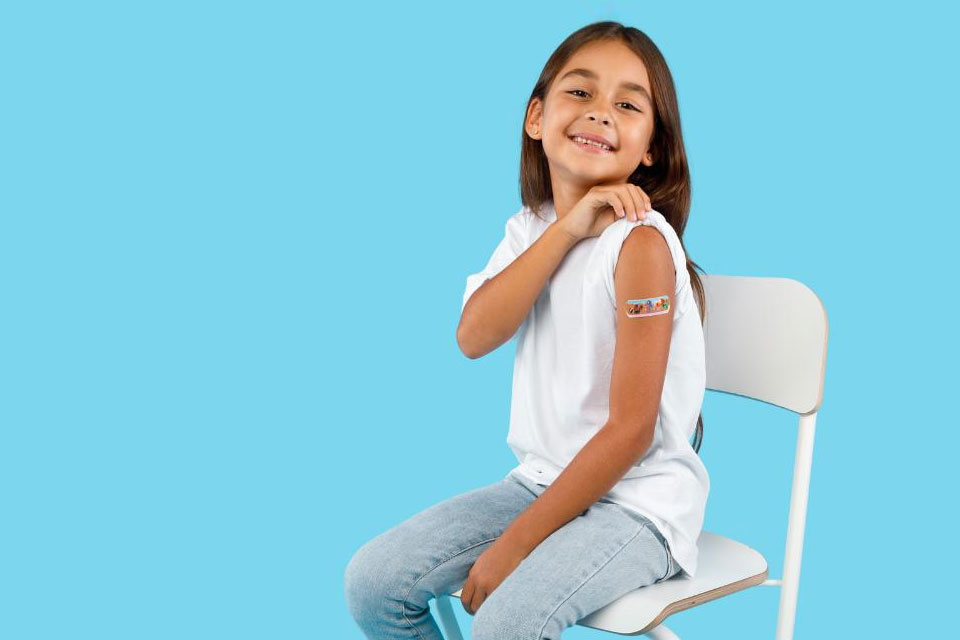
By Emily Kim
August 15, 2022
The BA.5 variant is relentlessly infecting adults and children alike. The American Academy of Pediatrics recently revealed that over 311,000 children have contracted the virus in the last month alone, and yet, new data from the CDC shows that only approximately 45% of 5 to 17-year-olds are fully vaccinated (Following the CDC’s definition, “fully vaccinated” means that two weeks have passed since the child received their the second dose of Pfizer or Moderna’s vaccine, and “up to date” means they have received all eligible boosters). Only 9.5% of children in this age group have received their booster. These statistics are quite concerning, especially given that a new school year is on the horizon. The bottom line is this: children need to get vaccinated.
Per the CDC’s guidelines, the first line of defense for children as the school year approaches is to stay up-to-date on their vaccinations. While children over the age of 5 have been eligible for the vaccine and booster for some time, the FDA officially approved vaccinations for children ages 6 months to 5 years in mid-June. A recent survey from the Kaiser Family Foundation, however, shows that over 40% of parents do not plan on following the CDC’s recommendation, mostly citing concerns over possible side effects of the vaccine. Only 17% of parents with children in this age group have either already vaccinated their children or plan to do so immediately. 27% wish to wait and observe how other children fare with the vaccine, and 13% will only vaccinate their children if mandated by their school or childcare service.
This hesitancy is also seen in other age groups: 37% of parents with children ages 5-11 and 28% of parents with children ages 12-17 do not plan on getting them vaccinated.
However, numerous studies have shown that, for children, side effects of the vaccine are often mild. The FDA issued an EUA (Emergency Use Authorization) of Pfizer and Moderna for young children only after a careful review of the data submitted by the two biopharmaceutical companies. Pfizer studied over 3000 young children in their clinical trials while Moderna studied close to 4800, and for both companies, their trial participants experienced mild side effects from the vaccine. Importantly, no child developed myocarditis or pericarditis—heart inflammation conditions sometimes associated with males who get the vaccine.
A recent Australian study also demonstrated that COVID-19 side effects in older children (ages 5-15) developed at a lower rate than predicted by the clinical trials. An analysis of data from AusVaxSafety, a national vaccine surveillance system, showed that vaccinated children ages 5-15 had fewer instances of headaches, fatigue, sore arm, and muscle pains than expected from the clinical trial results. For most children, their side effects only persisted for about a day, according to the National Center for Immunisation Research and Surveillance (NCIRS). Moreover, less than 1% of the children required outside medical attention for their discomfort (0.3%). Associate Professor Nicholas Wood from the NCIRS underscored that differences between the study’s data and that of the clinical trials can be partially attributed to the fact that “in a clinical trial, you’re more closely scrutinized.” However, according to Wood, “this data shows how [the vaccine] is experienced in the real world.”
This study is one of many that corroborates the safety of the COVID-19 vaccine for children of all ages. Therefore, as we enter another academic year in the pandemic, it is crucial for children to get vaccinated. If we want to protect our children from the BA.5 variant, vaccination is the way to go.


